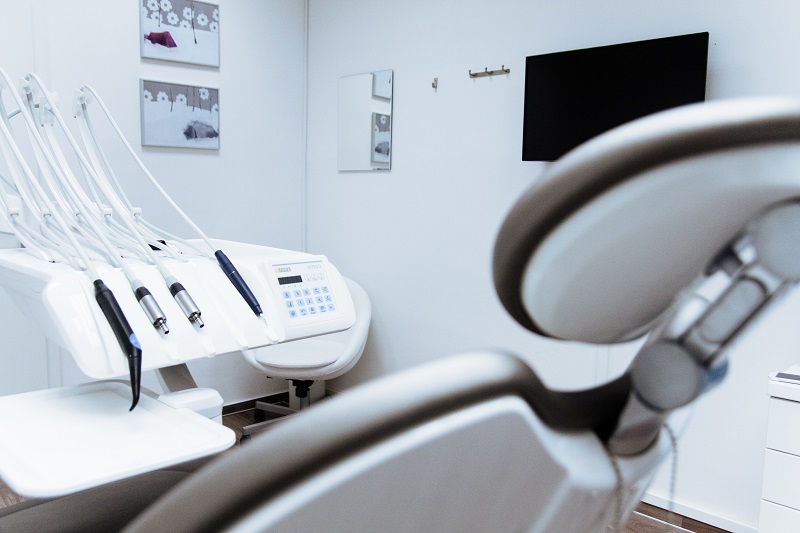Dental implant therapy follows suggestions rather than regulations. It’s one of the reasons I adore dental implants. Every case is unique. The doctor must understand each patient’s special variables to design the appropriate treatment strategy for that individual. Factors such as parafunction, occlusion, periodontal disease, the size of the area to be corrected, and the patient’s budget can influence even the most routine-appearing implant case.
Full-arch fixed implant bridges are sweeping the dentistry industry, often called all on 4 dental implants. These bridges are often supported by four to six dental implants made of acrylic fused to titanium, monolithic zirconia, and porcelain stacked to a cobalt-chromium frame. Package pricing is frequently offered to them, simplifying case presentation, and some clinics advocate All-on-4 as the best treatment choice for their soon-to-be-edentulous patients.
Let’s look deeper at these factors and see how they could affect treatment decisions individually.
Speech problems
Speech problems are a significant source of anxiety for patients. What appears to be a minor speech fault might become a significant worry for the All-on-4 patient. For strength, implant-supported bridges require both vertical and horizontal bulk. Steep requirements vary depending on the restorative material. However, most bridges require 15 mm or more in height. As a result, physicians must restore more than simply the volume of lost teeth to reach these metrics. Even if the bone and soft-tissue volume are healthy, we must often replenish it.
This tradeoff must be communicated to all-on-4 patients. They can usually retrain their tongues with time and effort, but it is likely to be a cause of concern for them. If speech is an issue, practitioners must be prepared to provide alternate treatments, such as a strategy that protects healthy teeth while replacing lost teeth with short-span bridges or individual dental implants.
Adapting to bridge bulk is difficult.
Aside from bridge bulk impacting speech, there may be another disadvantage. Patients may find it challenging to adjust mentally to the changing sensation of an All-on-4 bridge. They are accustomed to sensing the change from soft tissue to teeth. Patients using the All-on-4 bridge feel the genuine soft tissue first, then the synthetic soft tissue (the tissue part of the bridge), before moving on to the teeth.
To avoid surprises, I propose having comprehensive talks about the tradeoff they will face before completing the treatment plan.
Proprioception
Aside from bridge bulk impacting speech, there may be another disadvantage. Patients may find it challenging to adjust mentally to the changing sensation of an All-on-4 bridge. They are accustomed to sensing the change from soft tissue to teeth. Patients using the All-on-4 bridge feel the genuine soft tissue first, then the synthetic soft tissue (the tissue part of the bridge), before moving on to the teeth.
To avoid surprises, I propose having comprehensive talks about the tradeoff they will face before completing the treatment plan.
Proprioception
Your treatment selection may be influenced by parafunctional behaviors like bruxism, clenching, and irregular chewing cycles. As previously noted, teeth sense stresses considerably more rapidly than implants. Therefore, including a few naturally spared teeth in your treatment plan may help patients better detect parafunction, enhancing their chances of changing their bad behavior.
If all teeth must be replaced due to parafunction, you should consider proposing a bar-supported overdenture. This is still an All-on-4 treatment, but it may differ from your patients’ expectations of permanent bridges.
Caries index is high.
It’s an all-too-common occurrence: A patient comes in with a complete upper denture, maybe an upper All-on-4, and decaying and missing bottom teeth. The patient wishes to have a lower All-on-4 permanent bridge. He has a square jaw, like steak, and you assume he’s a bruxer. Teeth 18, 19, and 30 are fragmented to the gum line and have previously received root canals and crowns. Tooth No. 31 is movable and has furcation involvement. The teeth Nos. 23–26 are coated with calculus and have 7 mm pockets, although teeth Nos. 20–22 and Nos. 27–29 have limited bone loss and mobility. Should you keep your teeth? What are the dangers and advantages?
Conclusion
We are fortunate to have these implant technologies as choices for replacing lost teeth in our arsenal. Previously, patients appeared content simply to be able to chew again. They were pretty grateful. I used to remark that I liked treating full-arch patients because the hugs were addicting.
